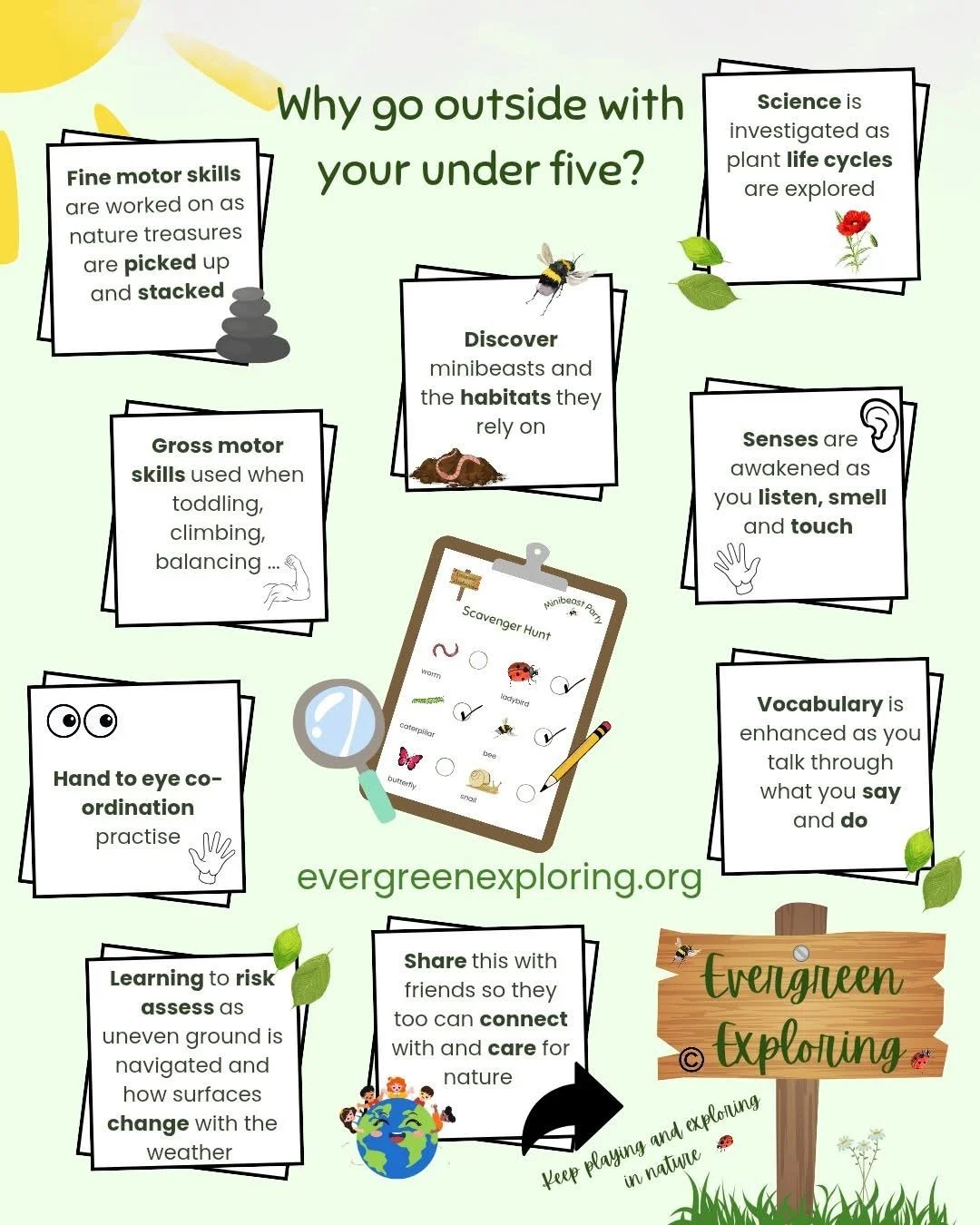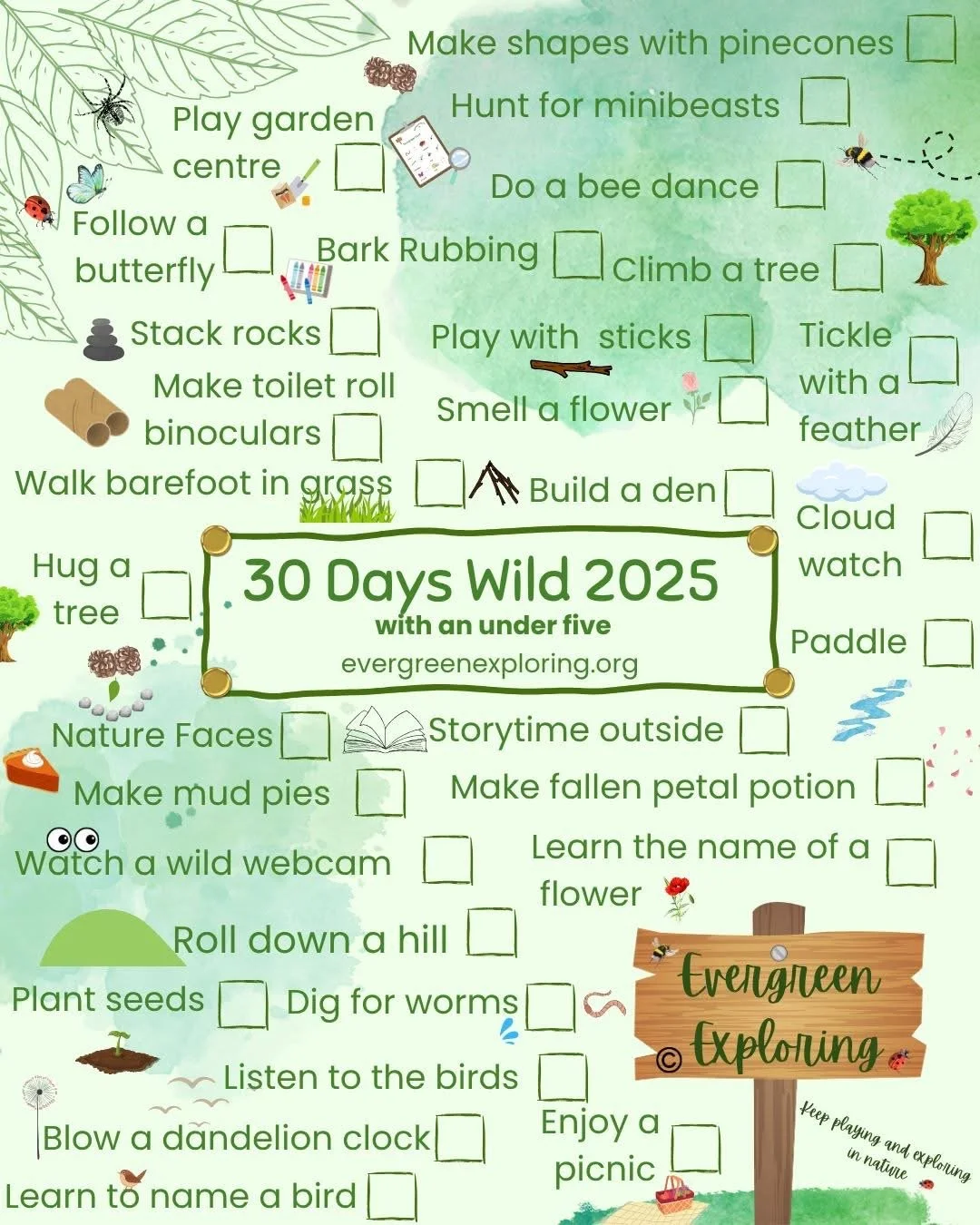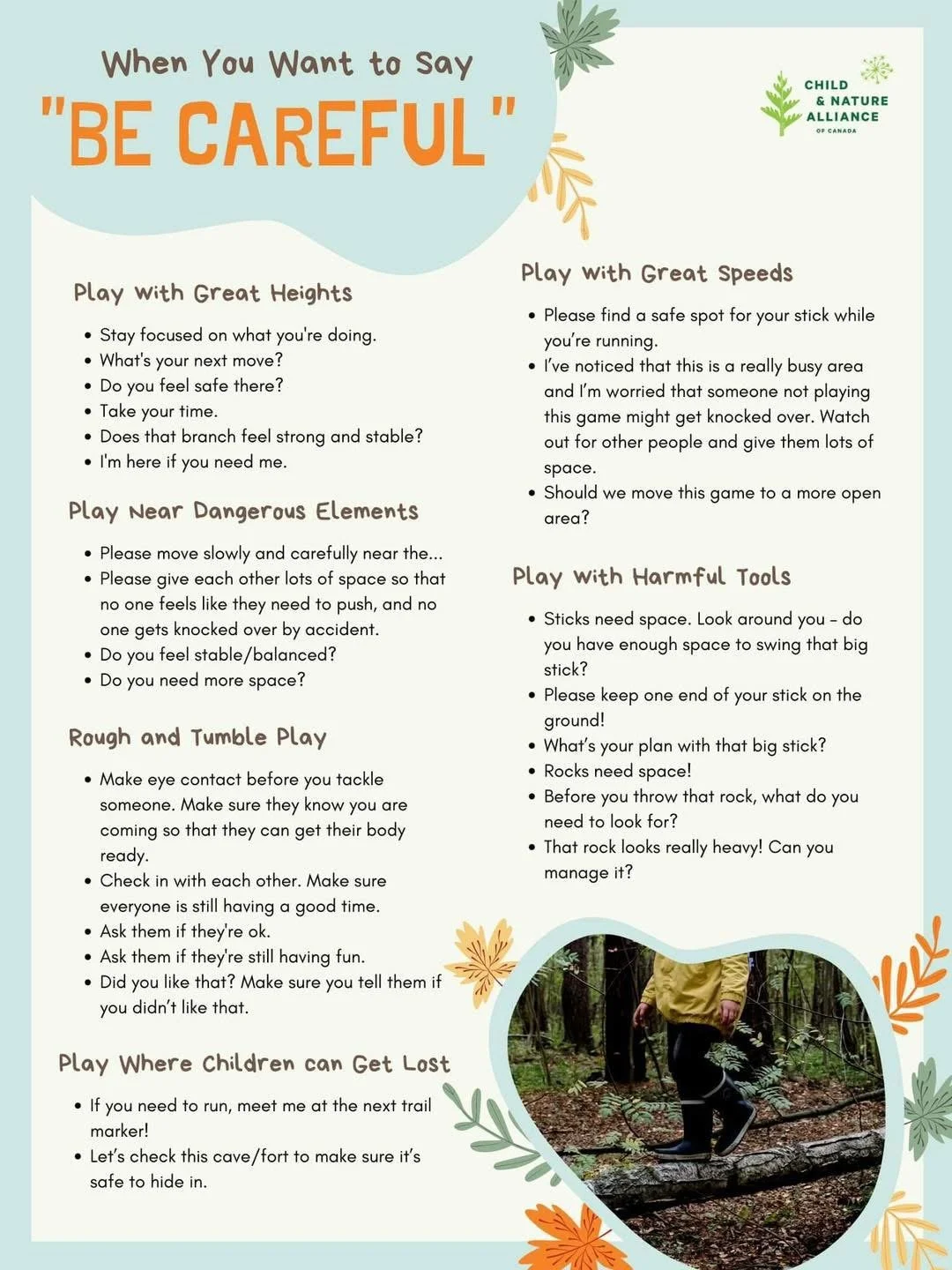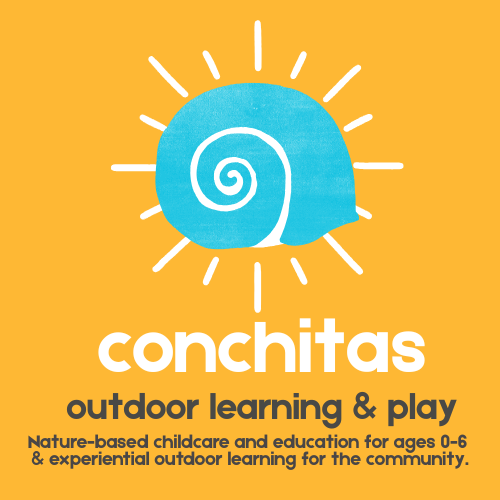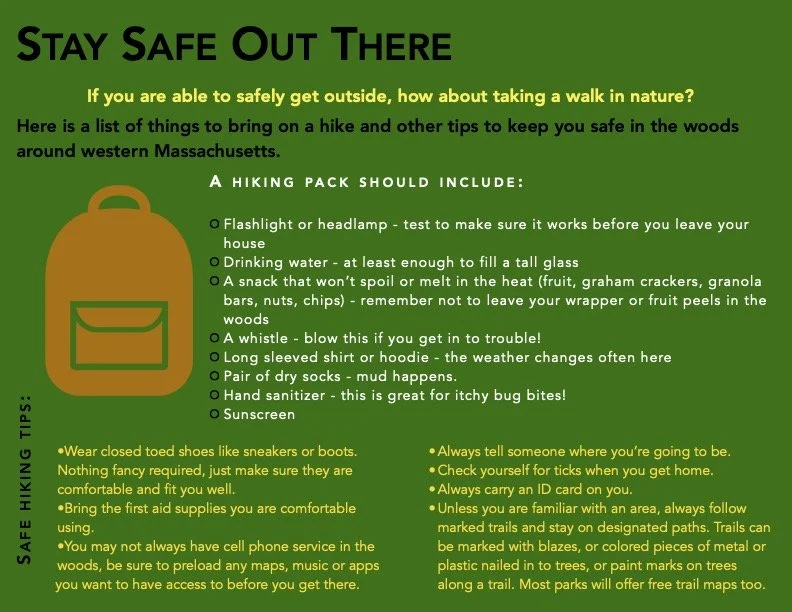-
The Cape Cod ecosystem is rich and full of beautiful relatives we can appreciate and acknowledge. Here is a growing list of plants and animal neighbors to know here on Cape Cod.
Respect the locals - Cape Cod natural hazards you might encounter in the wild
Plants Hazards
Poison ivy - itchy!!
This little native plant can look like other plants, and has an oily chemical on its leaves that can cause a super itchy rash on some folks. In the spring and fall, its leaves turn red which helps identify it! In the summer its is green and looks like this. Leaves of three, let it be - and when it doubt, keep it out.
Black locust - thorny!!
This tree is not native to Cape Cod, but sure it found in a lot of areas - especially residential areas. Its branches and new shoots are thorny which is not the most fun surprise when you find a great black locust stick on the ground. Keep an eye out for the mature trees before you grab a fallen stick nearby!
Multiflora rose - thorny!!
This is an invasive scrubby bush that can be found in many wooded areas here on Cape Cod, especially those bordering disturbed areas or in residential neighborhoods. The flowers are pretty, but the vines are thorny and very thick. Not a good place to hide!
Pokeweed - SUPER poisonous to kids!
This beauty looks an awful lot like milkweed and can crop up along roadsides and gardens pretty quickly. It can also grow to be over 5 feet tall! It’s got small clusters of berries that turn purple when ripe, and is greatly enjoyed by birds. But for humans, especially KIDS, the entire plant - berries, leaves, stems and roots - is very toxic if ingested.
Water hemlock - SUPER SUPER poisonous to kids!
This plant grows in/near wetlands, marshes and in areas of high disturbance (like trails and roadsides) and looks like Queen Anne’s Lace, but has a bigger stem and purple spots all along the stalk.
Non-plant Hazards
Ticks
These little so-and-sos run the woods here in Barnstable county, and can be found in high numbers during the warmer months on Cape Cod. They tend to move through grass and along understory plants in wooded areas and perch themselves on the edges of leaves with their little arms out, waiting to find a warm mammal to attach to. Thorough tick checks after any time outside is critical in preventing the vector-borne illnesses they can transmit, some of which can have very long lasting effects long after a tick bite. Some tips are to wear light colored clothing (easier to see them!) and make sure you’re checking for ticks at least once every 24 hours in all of the small, dark places they like to attach to (behind knees and ears, around waistlines, in between toes, hairlines). If you see a tick, remove it immediately and watch the area for any signs of an infection. Insect shield sells some great tick-proof outdoor clothing and often has sales.
Stinging insects with ground nests
About 70% of pollinators native to the commonwealth are ground nesting, and there are a few - like yellowjackets - that prefer wooded areas for their nests. It's important to keep kids on trails when walking through the woods, and be watching and listening for stinging insects while you explore.
Cyanobacteria and E. Coli
These bacteria are present in most of the freshwater bodies here on Cape Cod, and can cause some pretty serious health implications if ingested while swimming in contaminated waters. These bacteria are in our waterways due to overdevelopment and leakage from an abundance of waterfront septic systems. Most Town beaches will test for these bacteria during the summer months and close areas with unsafe levels detected. After a big rain event, levels of these bacteria can also be predictably higher in our local water ways due to the runoff of waste (often mostly attributed to dog poop!) directly into the water. Look for signs at your local waterway, and take caution not to swim after big rains.
Winds, storms and flooding
The unique geography of Cape Cod, and the changing climate, can make for some pretty intense weather here! High winds and coastal flooding are common occurrences that can create some hazard conditions when considering time outdoors. Check the weather before you go - and when thunder roars, go indoors!
Rip tides and sharks
The ocean here in Cape Cod is an incredible place to explore and visit! It’s no surprise or secret that we share this space with our marine relatives, and the shark population off Cape Cod continues to thrive. Great White Sharks are incredible creatures and serve a profound purpose as one of the apex ocean predators - we are fortunate to get the chance to see them at work so close by! While they feed on large marine mammals, like seals, they have tastebuds in their teeth and don’t know if something is food until they bite it. This can make for some mistakes when they are hungry! While sharks do NOT exist to eat people, we want to respect that they do exist to eat and are often found in the shallows off the Cape Cod coastlines looking for food.
Rip currents that develop just off coastlines are equally respectable and exist because of the topography of the land under the ocean. They move water back out to sea, and anyone caught swimming in to one can find themselves moving in a direction that they didn’t choose - you have to swim parallel to shore to get out of the flow of the current. Beaches with rip currents have great signage and markers to keep swimmers aware.
Fave 5 Wild Edibles on Cape Cod
Dandelion!
Lowbush blueberry!
Beach plum!
Cranberries!
Quahogs!

